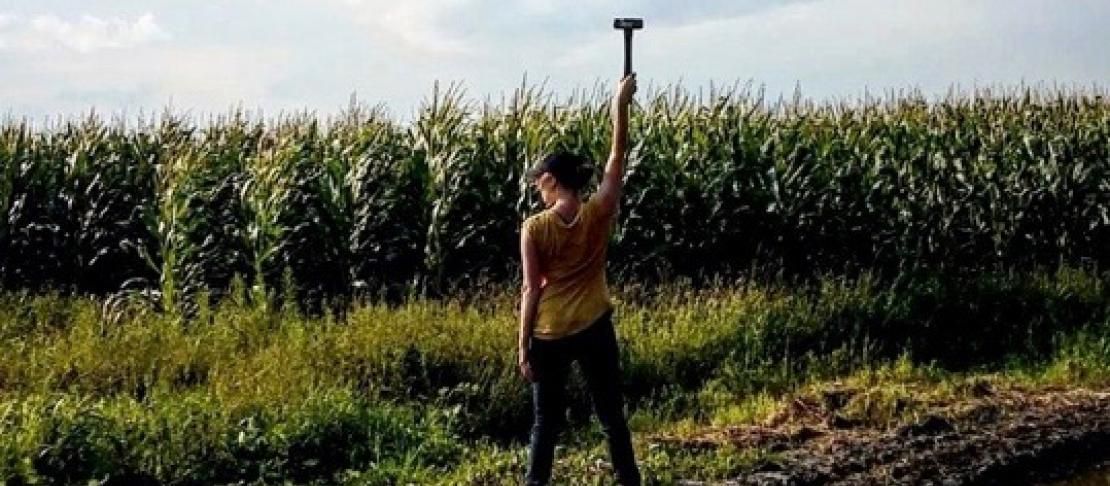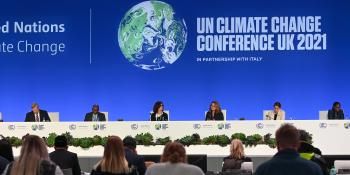Grow more food and mitigate climate change? Agricultural soil data could help!

Discovery and accessibility of agricultural soil data is critical to improving agricultural policies and production and increasing adaptation and mitigation to climate change.
Understanding agricultural soils is critical for maximizing both food production and climate change mitigation.
Soils are a complex matrix wherein many biogeochemical processes occur, storing and cycling nutrients like carbon and nitrogen, and providing the foundation for plant growth - ultimately supplying much of the world’s food.
Agricultural soils also emit greenhouse gases (GHG) into the atmosphere. While this contributes significantly to climate change, soil management practices can reduce the magnitude of these emissions, and even enhance the sequestration of carbon.
However, there remain important gaps in our soil knowledge, especially regarding how specific management practices (e.g. when and how fertilizer is incorporated into soil) and environmental factors (e.g. temperature, precipitation, time) combine to govern soil nutrient cycling and GHG emissions.
In collaboration with the CGIAR Research Program on Climate Change, Agriculture and Food Security Low Emissions Development Flagship (CCAFS), I’ve been reviewing global research on low emissions agricultural development. We are synthesizing information on agricultural management practices that aim to achieve both climate change mitigation and adaptation goals (e.g. increasing yields, enhancing resiliency).
Soil management is one promising area of focus, but there are a limited number of empirical studies measuring both mitigation and adaptation metrics, and most data collection occurs on a single field or farm. A more comprehensive understanding of agricultural soils is needed to support sustainable development decision-making - but collecting the necessary data is challenging.
Data collection
I know first hand how difficult it is to collect agricultural soil data from my experience working in the Adair Terrestrial Biogeochemistry Lab at the University of Vermont. A small state in the northeastern United States, Vermont is certainly not a developing country, but similar to other rural agricultural regions, there is a dearth of agricultural mitigation data. Our lab has been monitoring experimental fields on three of Vermont’s hundreds of farms. For four years we have been capturing important GHG emissions data, which has required time- and labor-intensive methods using costly equipment.
Finish reading this blog on the CGIAR Platform for Big Data in Agriculture.
This blog was accepted and originally published as part of the CGIAR Platform for Big Data in Agriculture Big Data Blog Competition.
Lindsay Barbieri is a PhD student at the University of Vermont.



